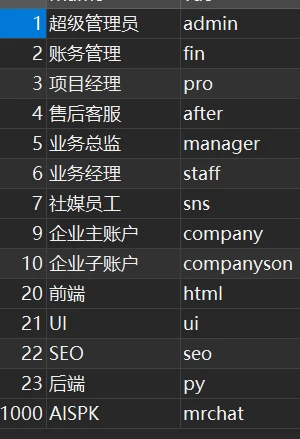



treating a swimming pool
Treating a Swimming Pool A Comprehensive Guide
Swimming pools are a source of enjoyment, relaxation, and exercise for many. However, maintaining a clean and healthy swimming environment requires regular treatment and care. Whether you have an above-ground or in-ground pool, understanding the essential aspects of pool maintenance is vital. In this article, we will explore various methods for treating a swimming pool effectively, ensuring that it remains a safe and inviting space for all users.
Understanding Pool Chemistry
One of the most crucial elements in treating a swimming pool is maintaining proper water chemistry. The primary factors to monitor include pH, chlorine levels, alkalinity, and stabilizer levels.
1. pH Levels The ideal pH for pool water is typically between 7.2 and 7.6. When pH levels are too high or too low, it can cause discomfort for swimmers and reduce the effectiveness of chlorine sanitizers. Use pH increasers or decreasers to adjust the levels accordingly.
2. Chlorine Levels Chlorine is essential for disinfecting pool water and preventing the growth of harmful bacteria and algae. The recommended chlorine level should be between 1.0 and 3.0 parts per million (ppm). Regularly testing the chlorine levels with testing strips or liquid kits is crucial for maintaining water safety.
3. Alkalinity Total alkalinity acts as a buffer for pH levels, helping to stabilize them. A favorable range is between 80 and 120 ppm. Adjusting alkalinity can be accomplished using sodium bicarbonate or muriatic acid, depending on whether you need to raise or lower the levels.
4. Stabilizer Levels Cyanuric acid protects chlorine from being degraded by sunlight. Keeping stabilizer levels between 30 and 50 ppm is recommended, especially for outdoor pools.
Regular Filtration and Cleaning
In addition to chemical treatment, regular filtration and cleaning are key components of pool maintenance.
treating a swimming pool

1. Filtration The pool filter plays a crucial role in keeping water clear and free from debris. Whether you have a sand, cartridge, or diatomaceous earth filter, ensure it is operating efficiently. You should run the filtration system for at least 8 to 12 hours daily, depending on the size of your pool and usage.
2. Skimming and Vacuuming Regularly skimming the surface to remove leaves and debris prevents them from sinking to the bottom and decomposing. Vacuuming the pool floor weekly will help eliminate dirt and algae buildup, contributing to a cleaner swimming environment.
3. Brushing Brushing the walls and steps of your pool weekly helps prevent algae growth. Pay particular attention to corners and areas that don’t often get disturbed by the filter.
Shock Treatment
Every few weeks, or after heavy pool usage, a shock treatment may be necessary to eliminate bacteria and contaminants. This process involves adding a large dose of chlorine (or non-chlorine shock) to the water to quickly raise the chlorine levels, effectively disinfecting the pool. Follow package instructions carefully and allow the water to circulate for several hours before allowing swimmers back in.
Maintaining Water Levels
Keeping the water level consistent is another important aspect of pool maintenance. Evaporation, splash-out, and backwashing can lead to reduced water levels, which can affect skimmer performance and overall circulation. Regularly check the water level, and refill as necessary.
Conclusion
Treating a swimming pool involves a combination of chemical management, physical cleaning, and regular maintenance tasks. By understanding pool chemistry, performing routine filtration and cleaning, administering shock treatments, and maintaining appropriate water levels, you can ensure that your pool remains a safe and enjoyable environment for swimmers. Regular attention to these details not only enhances the swimming experience but also prolongs the lifespan of your pool, making it a valuable asset for years to come.
-
Why Sodium Persulfate Is Everywhere NowNewsJul.07,2025
-
Why Polyacrylamide Is in High DemandNewsJul.07,2025
-
Understanding Paint Chemicals and Their ApplicationsNewsJul.07,2025
-
Smart Use Of Mining ChemicalsNewsJul.07,2025
-
Practical Uses of Potassium MonopersulfateNewsJul.07,2025
-
Agrochemicals In Real FarmingNewsJul.07,2025
-
Sodium Chlorite Hot UsesNewsJul.01,2025










